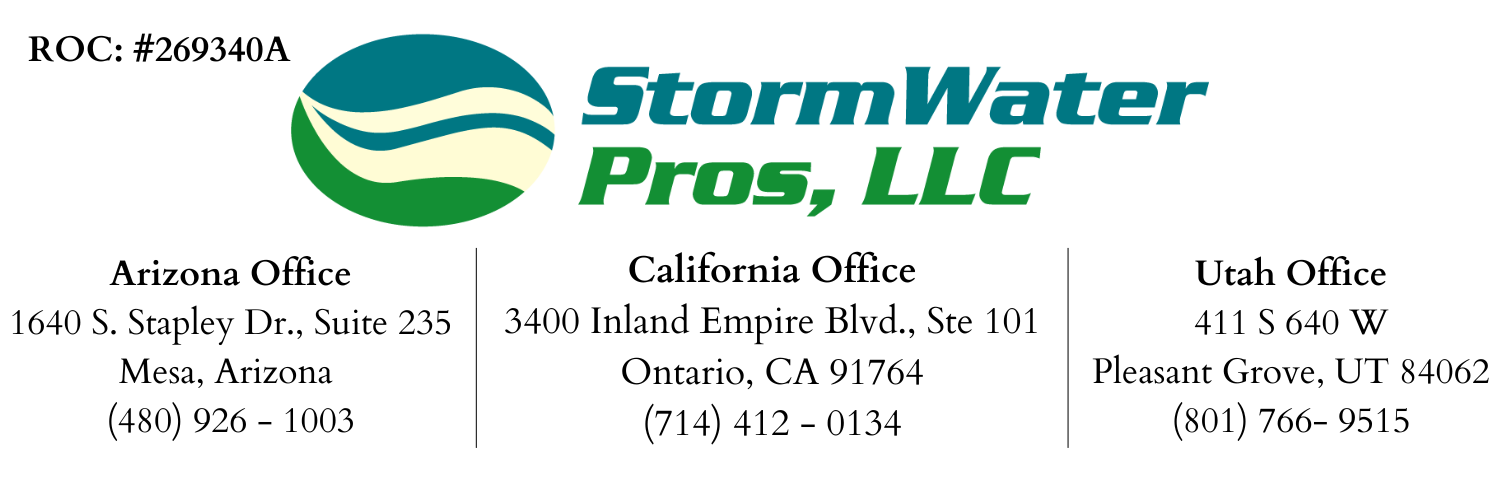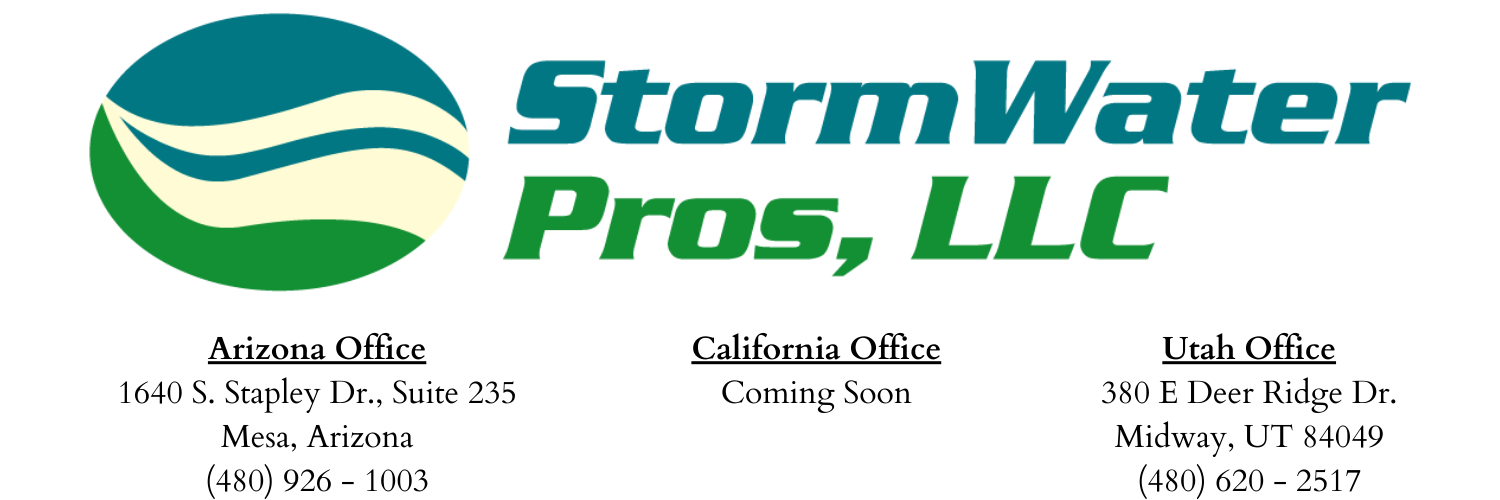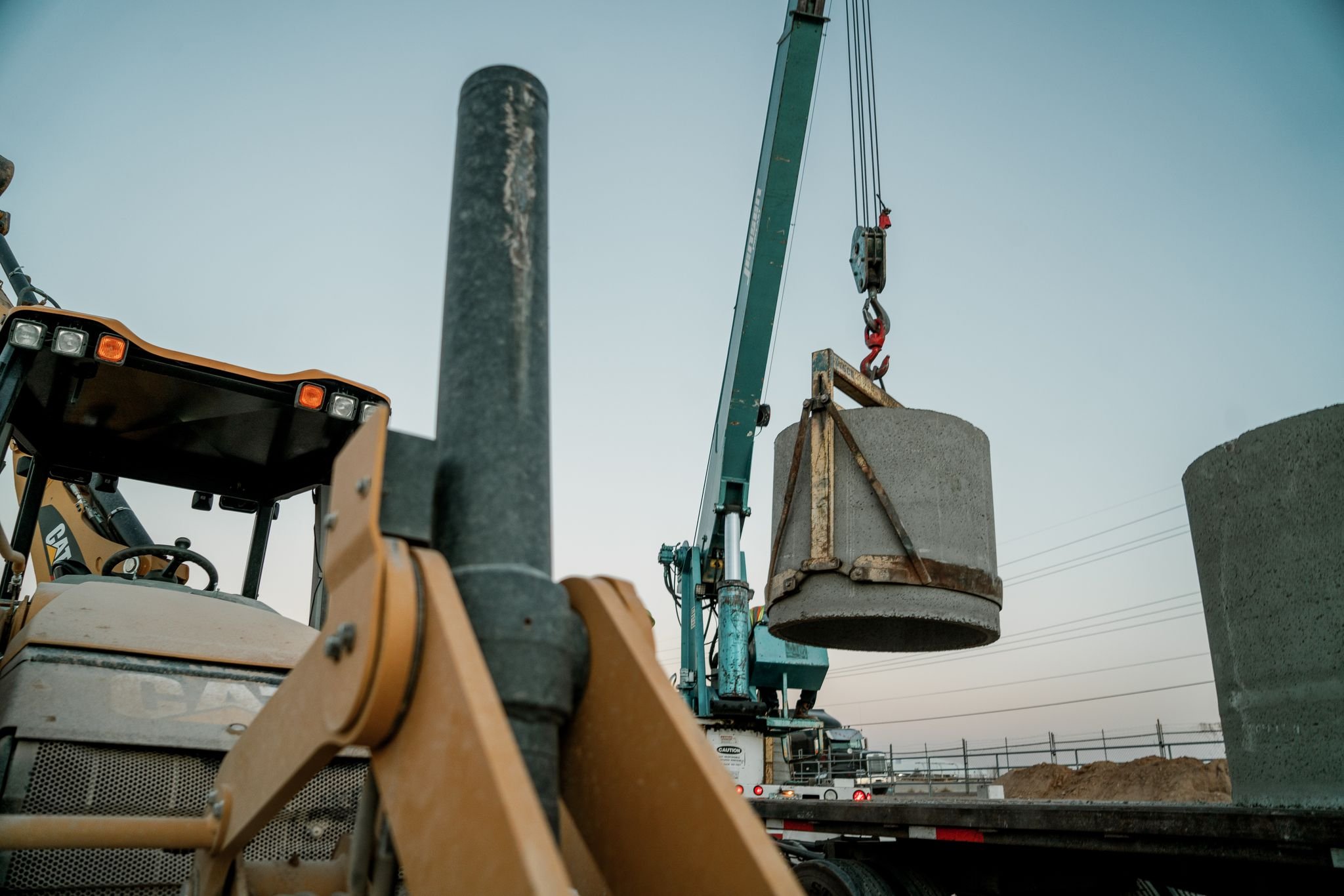At StormWater Pros, we take pride in the extensive design experience that our engineers possess. With years of expertise under their belts, our team excels in a variety of areas including grading and drainage plans, drainage reports, and construction management. Our well-qualified staff not only works closely with civil engineers but also specializes in specifying drywells. We go above and beyond by providing detailed design information, estimating budgets, projecting quantities based on percolation rates, and determining appropriate dimensions. Rest assured, with our team by your side, you will receive all the pertinent information needed to successfully complete your project.
Our PureWell™drywell designs are crafted to efficiently clean and absorb rainwater, mitigating the risk of soil contamination. These systems have garnered the admiration of engineers across various industries due to their unparalleled performance. At StormWater Pros, we pride ourselves on our expertise in constructing and installing these cutting-edge drywell systems. Moreover, in addition to their exceptional rainwater management capabilities, the PureWell™ designs deliver an added layer of safeguarding against potential fuel spills, further enhancing their appeal and reliability. Trust us to ensure the utmost protection for both the environment and your facility.
Drywell History
In the early 1970’s, as urbanization began to transform the landscape of the greater Phoenix area, a crucial need for stormwater infrastructure emerged. Recognizing the potential consequences of uncontrolled runoff on the environment and the community, the city's leaders took proactive measures to address this growing concern. They swiftly adopted a stormwater retention ordinance, mandating that every new development over a certain square footage incorporate a system to capture and retain a specified volume of stormwater onsite.
This forward-thinking ordinance aimed to ensure that the impacts of excessive rainfall events, even of a 100-year storm magnitude, were appropriately managed. Over the years, the stormwater retention requirements evolved to align with the ever-changing climate patterns, ultimately culminating in the establishment of the current standard: capturing the intensity of a 100-year storm over a span of two hours, equivalent to 2.5 inches of precipitation.
Developments were built with retention basins to capture this volume of stormwater. Unfortunately, the harsh surface soil conditions, coupled with the significant silt loading from hardscapes such as roads and pavements, didn't allow the water to infiltrate into the ground within a satisfactory timeframe. As a result, the water would stand stagnant, leading to detrimental consequences such as compromised landscaping and potential concerns relating to vectors such as mosquitoes or other disease-carrying organisms.
The Drywell Today
The founder of the engineered drywell approached the municipalities, who were skeptical at first, and suggested drywells as an innovative solution to their drainage issues. He was dismissed immediately due to the reputation of traditional drywells, which were known for clogging quickly. However, he proposed providing a deep chamber with an elevated overflow pipe to capture the silts and fines that impacted a drainage field, thus preventing clogging. This ingenious design also allowed for easy maintenance of the system. Over the years, there have been revisions and improvements to the original designs, but the basic principles implemented in the mid 1970's are still evident in the current state-of-the-art drywell designs.




